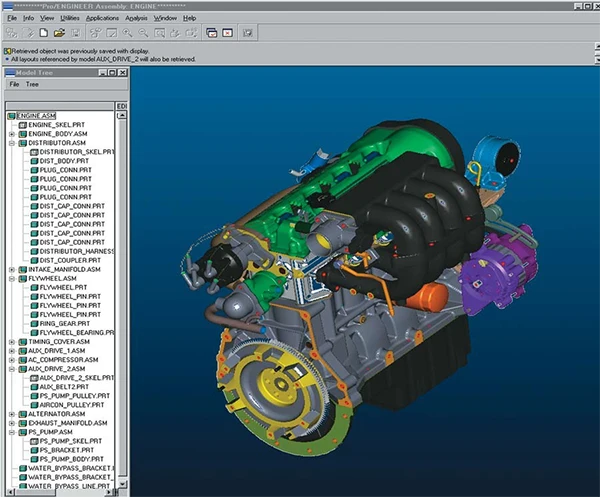Why STEP files are the secret standard in mechanical engineering
Whenever engineers discuss data exchange, they use a confusing series of abbreviations: IGES, STL, DXF, OBJ. But one of these formats has rather tacitly taken on the role of hero in the field of mechanical engineering: the STEP file.
Very few people outside the sector have heard of it, but hardly anything works in the background without STEP.
From confusion to clarity
Imagine a designer creating a very complicated part in SolidWorks. However, his supplier works in Siemens NX and the customer in CATIA. Three systems, three different languages that each perceive the world in their own way.
In the past, this meant endless, loss-making exports, a lack of land and, to put it briefly, complete chaos.
The solution came in the form of the STEP format (standard for exchanging product model data). An international standard specifically developed to overcome such barriers.
Why STEP
The beauty of STEP is that it transmits actual, real 3D geometry. Not the hollow, rigid shell of a STEP file via STL, but 3D geometry, which contains complete surface and design data.

That means:
· 3D data from a model can be imported and exported without loss of accuracy (crucial for simulation and manufacturing engineering disciplines).
· All CAD systems can work with STEP files without changing the STEP files.
· Since STEP is ISO standardized, it provides long-lasting protection.
In the end, STEP is the small talk of the engineering world: Everyone knows it without in-depth knowledge of the other subject area. Invisible but omnipresent
sources
https://www.adobe.com/creativecloud/file-types/image/vector/step-file.html
https://sybridge.com/everything-you-need-to-know-about-step-files
https://www.fictiv.com/articles/everything-you-need-to-know-about-step-files
https://blog.epectec.com/defining-a-step-model-and-its-importance
https://www.wevolver.com/article/step-file-format-a-technical-guide
https://firstmold.com/de/tips/step-files/
Contact
or directly via e-mail to: office@immersive-animation.com


